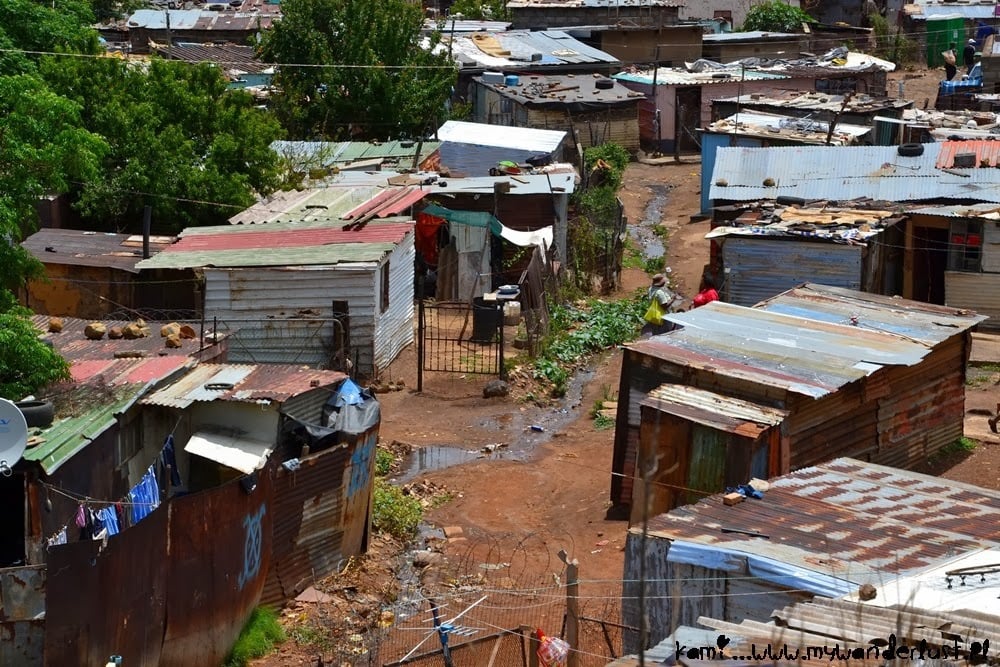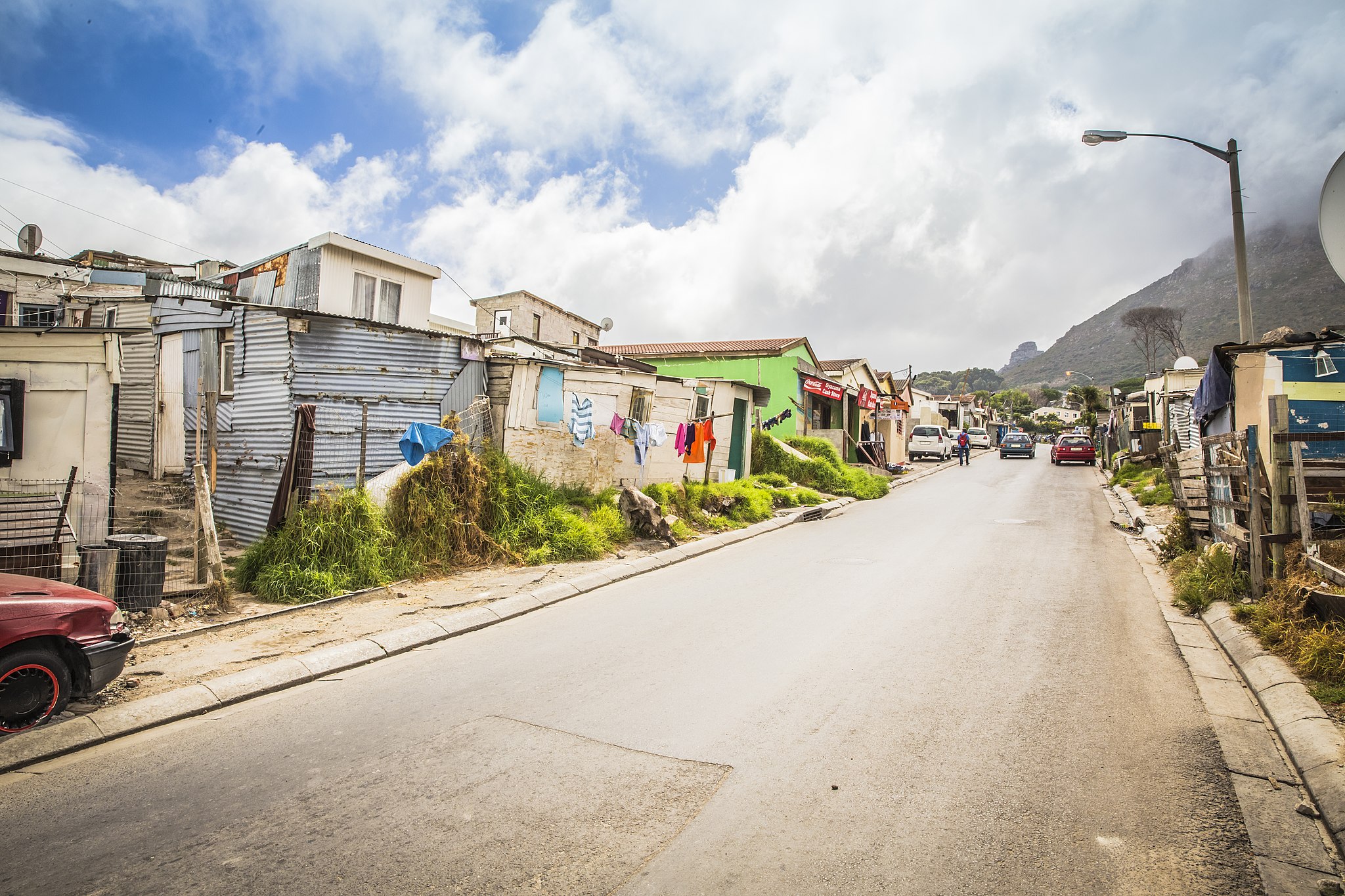
In 1950 the Group Areas Act was enacted, which empowered the Governor-General to designate land for the sole use of a specific race. Living conditions in the shack township settlements were low but had the advantage over other more established options in the hostels of being cheap and largely unregulated by the apartheid era South African Police. In 1950, upwards of 100,000 people were living in townships on the Witwatersrand area, 50,000 people in Cato Manor in Durban, and an estimated 150,000 black and coloured people lived in townships in Cape Town.

īy 1950, a large portion of the urban black population lived in townships. High rents and overcrowding led to land invasions and the growth of shack settlements which were largely ignored by government. This led to overcrowding, poor living conditions, and the absence of amenities thereby contributing to high levels of crime and violence. Neither employers nor the government built new accommodations or homes for the influx of new residents. In the period during and following World War II urban areas of South Africa experienced a rapid period of urbanization as the colour bar was relaxed due to the war. History Early development ĭuring 1900-1950 (roughly), the majority of the black population in major urban areas lived in hostels or servants' accommodations provided by employers and were mostly single men. Townships sometimes have large informal settlements nearby. The slang term "kasie/kasi", a popular short version of "lokasie" is also used. Townships for non-whites were also called locations or lokasies in Afrikaans and are often still referred to by that name in smaller towns. The term township also has a distinct legal meaning in South Africa's system of land title, which carries no racial connotations. Townships were usually built on the periphery of towns and cities.

In South Africa, the terms township and location usually refer to the often underdeveloped racially segregated urban areas that, from the late 19th century until the end of apartheid, were reserved for non-whites, namely Black Africans, Coloureds and Indians. Children in a township near Cape Town in 1989 Children in a township near Cape Town


 0 kommentar(er)
0 kommentar(er)
